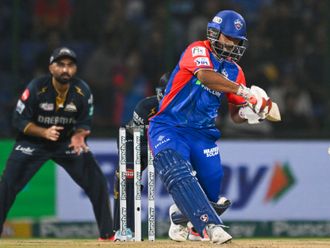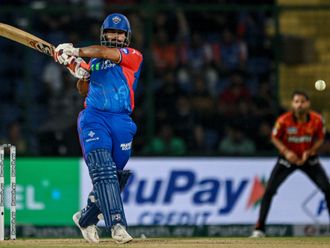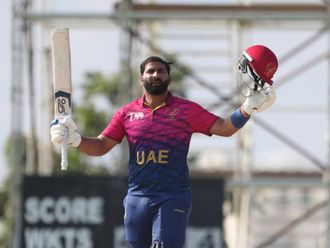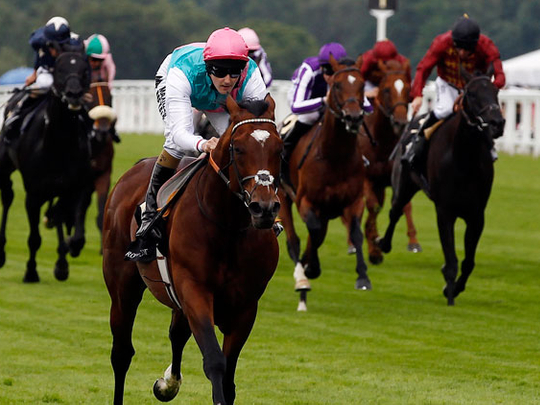
Dubai: Loosen up, sit back and enjoy the ride.
We’re talking flat racing here, an ancient sport whose origins date back to about 4500BC, a sport that currently enjoys an illustrious status in the modern day.
One of the most widely attended sports in North America with an accumulative audience of over 50 million people, racing is also flourishing in Australia, Canada, Great Britain, Ireland, the UAE, Bahrain, Qatar, Saudi Arabia, Japan, Hong Kong, Singapore and most parts of South America.
It is a hugely compelling sport with so many inspirational stories to be told.
But for the moment, we’re going to break it down to the horses, jockeys and racecourses that have shaped and honed its image.
We’re going to discover who are the top five best contemporary jockeys plying their trade on the planet, five of the greatest horses ever to have raced and the five most iconic races that embellish the sport.
We’re not going to rank them because that is very subjective, even most experts would have trouble with that, but you can take your pick.
Part One begins with the horses, without whom — well- we wouldn’t even be here ...
TOP 5 GREATEST HORSES
This was a difficult one. Very difficult, given the fact that a large population of thoroughbred horses have been competing in all the major races over the past four decades. Some, like Frankel, were an automatic choice, others not.
Here again we looked at horses that have relevance to the region first, before weighing them up against horses that compete in different jurisdictions — much like golf’s PGA Tour and European Tour, which attract a different set to players, most of the time.
Australia produced a superstar in a horse called Winx, but she only raced at home, and most of the time against the same rivals. True, she is a one-of-a-kind horse, but she was not exposed to international competition. But there is no denying that she was special.
Frankel
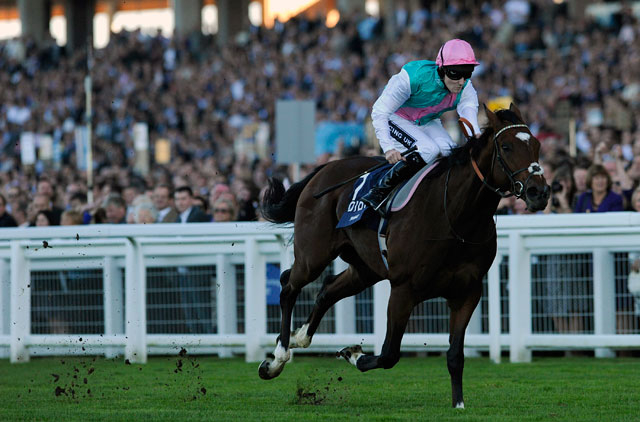
Here is a horse that transcended his sport like no other. He was, like boxing’s indomitable Floyd Mayweather, never beaten. Bred in Great Britain out of the legendary Irish stallion Gallileo, Frankel had an unprecedented career between 2010-2012 during which he won some of the most sought-after races in his home country and Ireland.
The list includes the Royal Lodge Stakes, Dewhurst, 2,000 Guineas, St James’s Palace Stakes, Sussex Stakes, Queen Elizabeth II Stakes, Lockinge and the pride of Royal Ascot, the Queen Anne Stakes, in his finale.
Does this make him the greatest equine athlete to ever grace the turf? Possibly yes, as he achievements eclipse other famous modern horses such as the imperious Enable, the only horse to win France’s most celebrated race, the Prix de l’Arc de Triomphe three times, or Australia’s incredible speedball Black Caviar, who was unbeaten in 25 starts or Zenyatta, arguably American racing’s great filly of all time.
And there are more. But I believe Frankel stood out, not just for what he accomplished, but the manner in which he dominated his rivals time and time again. It was breathtaking to watch him gallop down the famed tracks at Newmarket, Ascot, Newbury, Goodwood or The Curragh.
During the races that I was fortunate enough to witness, I would watch almost open-mouthed as he thundered past me towards the finish line. Majestic as ever — and unforgettable.
American Pharoah
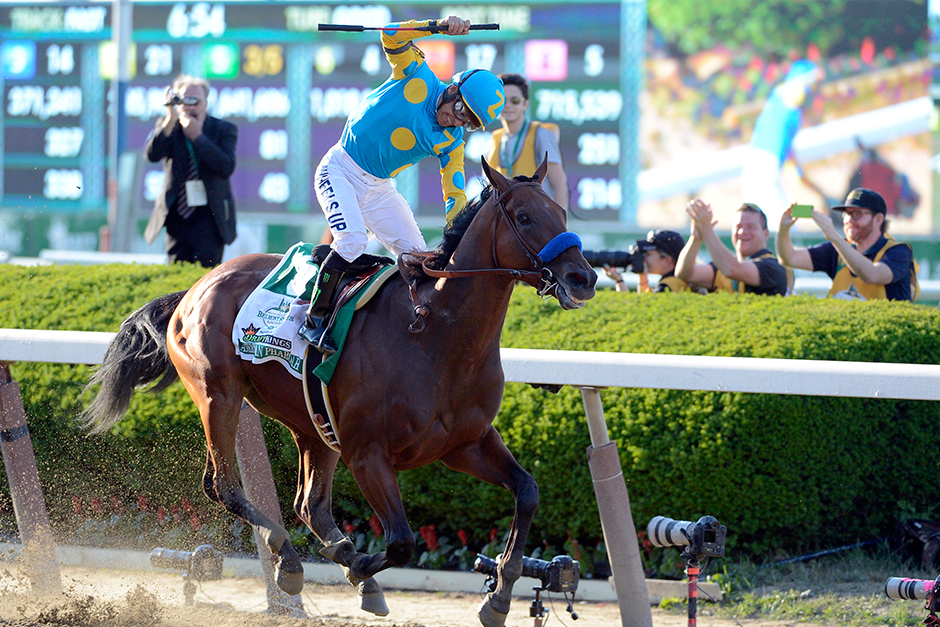
The only thing that was wrong about this epic horse was his misspelt name.
American Pharoah is the first horse in history to win the ‘Grand Slam’ of thoroughbred racing, which includes the American Triple Crown races — the Kentucky Derby, Preakness Stakes and Belmont Stakes — and the Breeders’ Cup Classic, in 2015. That’s some feat.
Many experts have downplayed his greatness arguing that he doesn’t compare to horses such as Affirmed, Seattle Slew or Spectacular Bid simply because he was packed off to stud after his Classic career at the age of three and did not run as a four-year-old, when most horses are expected to reach their peak.
Their take was that American Pharoah had not yet reached top form as a three-year-old and that he was denied of proving his greatness had he stayed in training.
I tend to disagree. The Pharoah unquestionably stamped his greatness as racing’s first Grand Slam champion, a feat that I imagine will take some beating.
He won nine of his 11 career starts, earned in excess of $8 million and snapped a 37-year jinx on the Triple Crown. Then he would prove what an extraordinary colt he was when taking on older, more experience rivals to win the Breeders’ Cup Classic.
If that’s not 'great' then show me something to make me change my mind.
Dubai Millennium
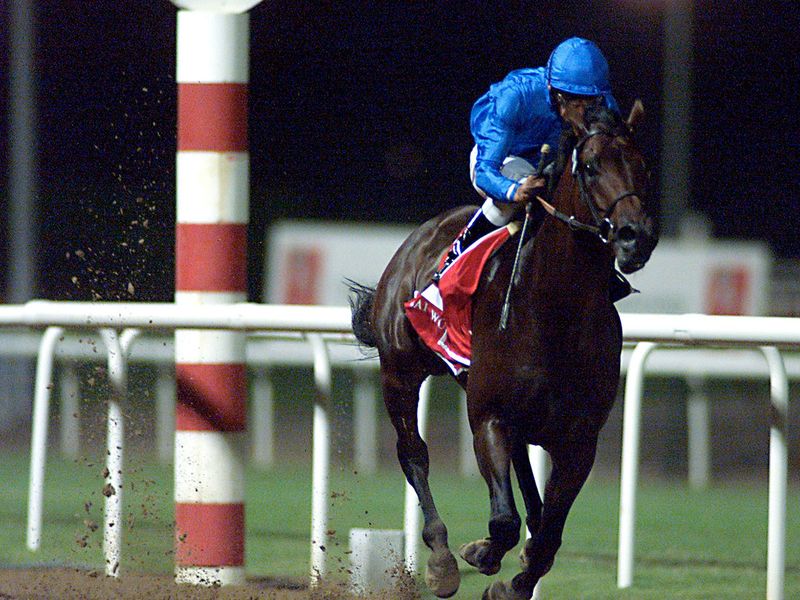
Undoubtedly the best horse that His Highness Shaikh Mohammad Bin Rashid Al Maktoum, vice President and Prime Minister of the UAE and Ruler of Dubai, ever bred or owned. And that’s saying a lot considering that Shaikh Mohammad owned some of the sport’s most decorated race horses, either under his name or that of his all-powerful Godolphin stable.
Bred at Shaikh Mohammad’s magnificent Dalham Hall Stud in Newmarket, England, Dubai Millennium was initially named Yaazer, meaning white gazelle, by Shaikh Mohammad. Seeing so much potential in the colt, he renamed him Dubai Millennium.
And he would not disappoint his owner, winning the Predominate Stakes (1999), Prix Eugene Adam, (1999), Prix Jacques Le Marois (1999), Queen Elizabeth II Stakes (1999), Al Maktoum Challenge, Round 3 (2000), Dubai World Cup (2000) and the Prince of Wales’s Stakes (2000) on his last racecourse appearance.
Prior to that, Dubai Millennium would wow race fans at Nad Al Sheba racecourse in Dubai when he broke the track record for 2,000 metres to win the Dubai World Cup by six lengths.
His jockey Frankie Dettori called the colt “the best I’ve ever ridden ... absolutely unbelievable” after that performance, while American legend Jerry Bailey, who rode Dubai Millennium in his final race at Royal Ascot, compared him to the great Cigar, after winning the Prince of Wales’s Stakes in imperious fashion by eight lengths.
There was something so special about this horse: the story, the journey, the performances, and the extraordinary connection that he shared with Shaikh Mohammad, who described him as the greatest in the world.
Winx
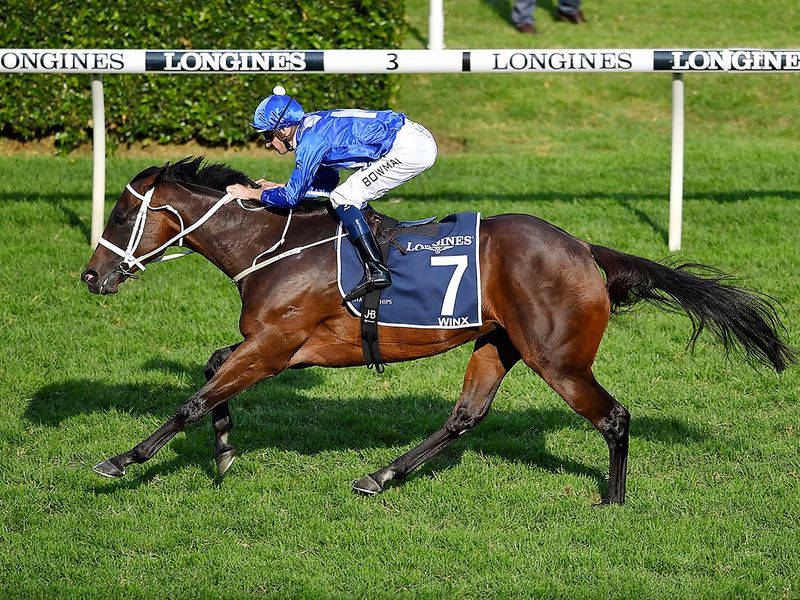
The pride of Australian racing who even moved the country’s Prime Minister, Scott Morrison, to proudly declare her as the best horse in the world.
That was a pretty bold assessment, particularly coming from someone as politically renowned as Morrison. But why not?
Between May 2015 and her retirement in April 2019, Winx won 33 consecutive races including 25 Group 1s (a world record in the category reserved for the world’s biggest races, where horses run off equal weights), at distances ranging from 1,300m to 2,200m. In the 2016 World’s Best Racehorse Rankings, she was adjudged the world’s top-ranked filly or mare and the world’s top-ranked turf horse.
Now retired, she has secured her legendary status.
But what really made her special was that she had the ability to get out of any trouble, any situation that you might encounter during a race, and win. She clearly liked a challenge, so much so that her regular jockey, Hugh Bowman, would often take crazy risks during a race, with the belief that Winx would overcome adversity and get to the winning post first. And she did, every time she set foot on a racecourse.
Australian racing produced another superstar in Black Caviar, who was unbeaten in 25 career starts, but I give Winx the nod over Black Caviar, based on her versatility and resilience.
Numerically Winx has earned her owners A$22,854,000 while Black Caviar raked in A$7,287,033, primarily because she only competed in sprints, which do not carry the same prize money as races over longer distances. Black Caviar has a higher strike rate of 100 per cent to Winx’s 84 per cent, but in terms of top-level Group 1 wins, Winx easily surpasses Black Caviar 22 to 15.
Enable
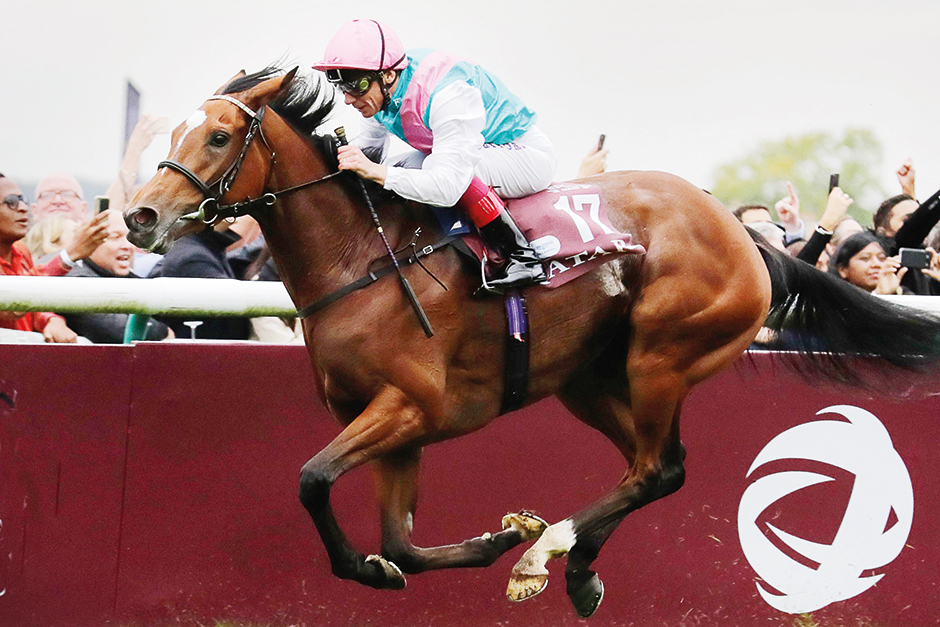
Enable was officially rated the greatest when she soared to the top of the list of the Longines World’s Best Racehorse Rankings for 2019.
Trained by the legendary John Gosden she won 12 consecutive races from the Cheshire Oaks in 2017 before sadly suffering defeat in her third Prix de l’Arc de Triomphe bid on less than favourable ground.
Having raced only once as a two-year-old in 2016, she developed into a super dominant middle-distance horse the following year when she went on her terrific run, that included the Epsom Oaks (2017), Irish Oaks (2017), King George VI & Queen Elizabeth Stakes (2017, 2019), Yorkshire Oaks (2017, 2019), Prix de l’Arc (2017, 2018), September Stakes (2018), Breeders’ Cup Turf (2018) and Eclipse Stakes (2019).
Prior to a third shot at l’Arc, her jockey, Frankie Dettori, said the mare takes him “to places emotionally no other horse has”.
Enable, who raced in the famous pink, green and white colours of Saudi Arabia owner/breeder Prince Khalid Abdullah, may not be as great as the owner’s Frankel was but she still deserves her place among the top five contemporary race horses — for several reasons, not least for her attitude, mettle and confidence. She did not win by lengths, sometimes painfully close, but she got the job done — every time. Her bonding with Dettori is the stuff of legend. They are like two peas in a pod with similar characteristics and temperament. And that’s important in equine sports such as flat racing, showjumping and dressage, it’s a partnership that breeds success.


